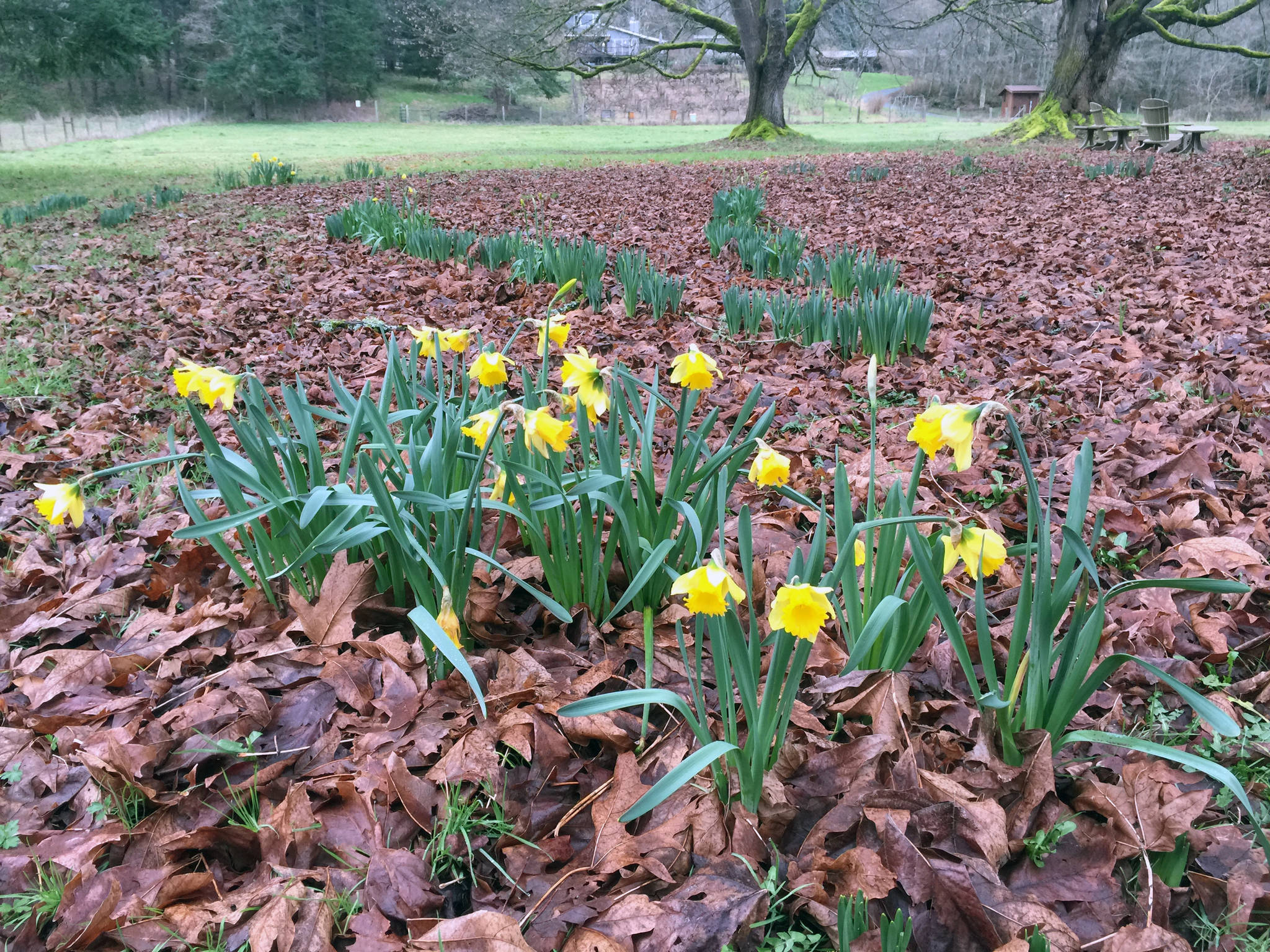Daffodils and tulips are almost certain to bloom when another spring rolls around, but even they can have an occasional bad season.
Perennial bulbs need a long dormancy period after they finish flowering — a chance to regenerate. Without that, they’re likely to be colorless the following year, or what horticulturists call “blind” plants.
Even after the plants have finished blooming and dropping their petals, they are actively photosynthesizing, said Christian Curless, a spokesman for Colorblends, a wholesale bulb company in Bridgeport, Connecticut.
“Leave them alone until the foliage is yellowed and withered,” Curless said. “A plant stays green as long as it needs to stay green.”
What are the odds they will continue to flower if you gamble and promptly clear those unsightly stems and leaves from your landscape?
“That’s a big unknown,” Curless said. “There’s no rule of thumb for how long bulbs should be allowed to get the energy they need to bloom again.”
Some gardeners try camouflaging their bulbs after they flower by planting them among groups of different perennials, but that approach isn’t without its problems.
“Be sensitive to how much sunlight each needs,” Curless said. “Daffodils planted next to a small perennial can flop all over that perennial. And if you plant daffodils with something like hosta, they may shade the daffodils to the extent that their leaves aren’t getting any light.
“Fill the space but leave breathing room,” he said.
Other things to consider if bulb foliage develops but the blooms don’t follow:
— Timing. Maybe you’re planting too early or too late for spring-blooming bulbs. Plant too early and they’re susceptible to disease. Plant too late and they may not have enough time to develop.
— Depth: Perhaps you’re not planting the bulbs deep enough. Bulbs should be placed 2 to 3 times their height into the soil.
— Growing conditions. If leaves and stems don’t appear, then dig down and check the bulbs. It’s possible they rotted because the ground was too wet. Find areas with better drainage for the next batch of bulbs you plant.
— Massing. “If the leaves are small, the bulbs may have to be divided,” said Sandra Mason, an extension horticulturist with the University of Illinois. “After a time, they get so tight in there that they’re competing for food and have no space.”
— Predation. If the bulbs don’t sprout, it may be because voles or squirrels ate them, Mason said. There are no wildlife-proof bulbs but some — like daffodils, fritillaria and allium — are more distasteful to foraging wildlife than others.
Unseasonable freeze-thaw cycles also hinder bulb performance. A string of late-winter temperatures soaring into the 50s and 60s followed closely by another round of blowing snow or freezing rain can wreak havoc on emerging bulbs. But there is little a gardener can do when the weather turns, Curless said.
“If the flowers haven’t opened, there’s a good chance they’ll survive the variable temperatures,” he said.
Gardeners know from woeful experience that you can’t control the weather.
“A major part of planting spring-blooming bulbs is that it requires a leap of faith,” Curless said.
Online:
For more about bulb planting and care, see this Colorblends Fact Sheet: http://www.colorblends.com/articles/General-Planting-And-Care

